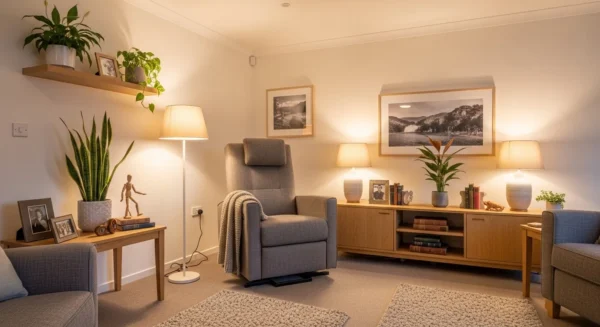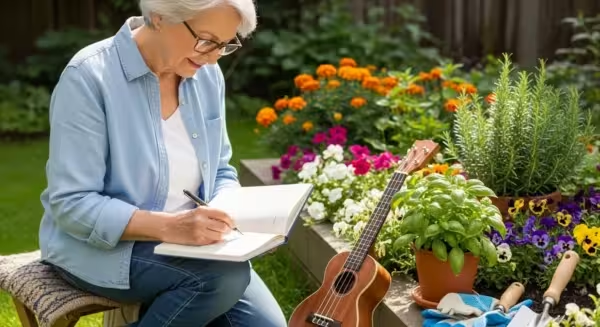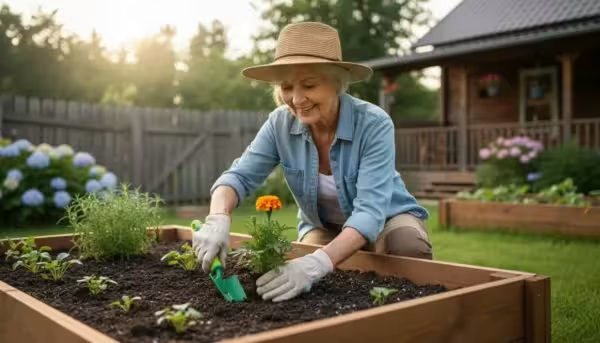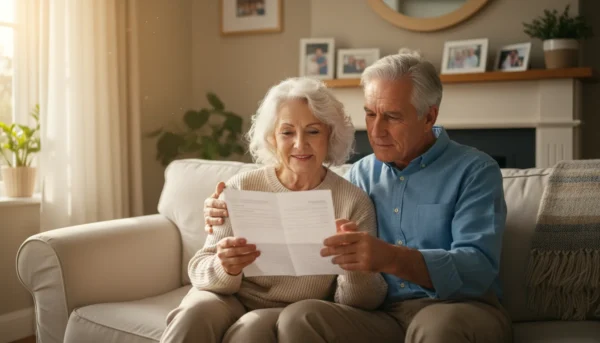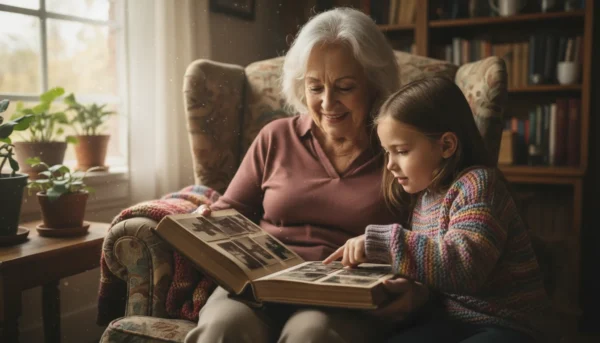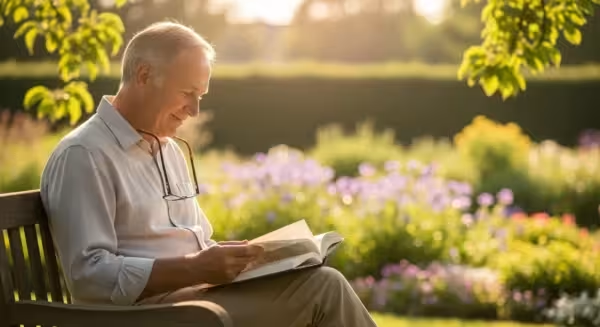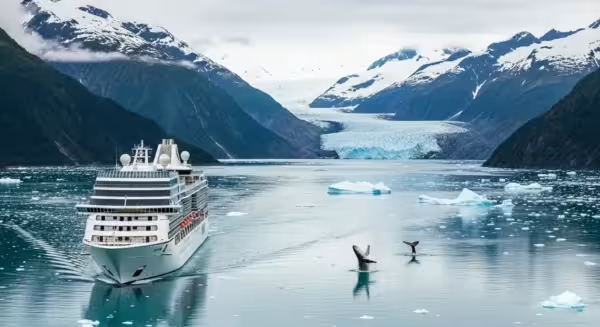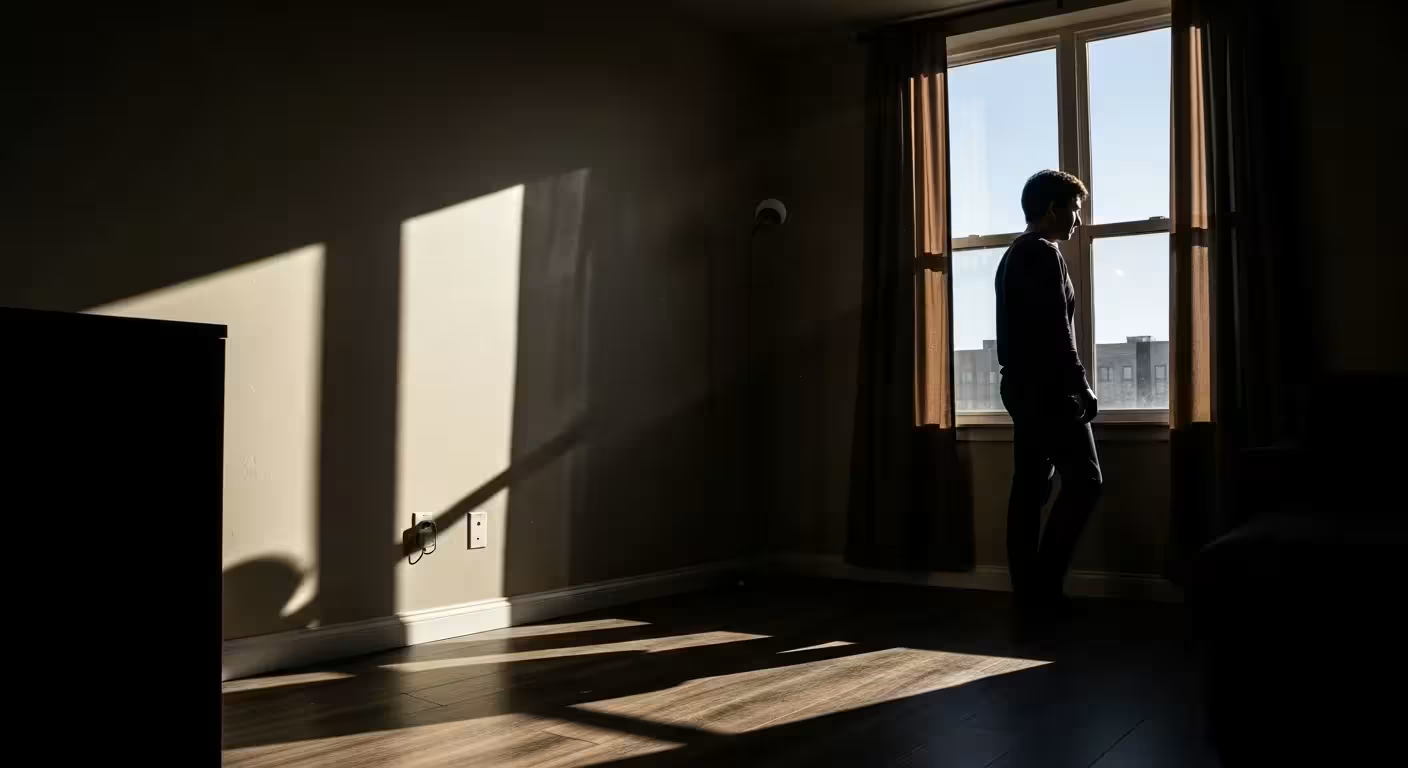
The silence was the first thing that really got to me. Not the peaceful quiet you seek out, but the heavy, echoing silence of a house that has served its purpose. Our three kids were long gone, with families and mortgages of their own. My husband, Frank, had retired from his engineering job a year after I’d hung up my teacher’s lanyard for the last time. We’d done it. We’d raised a family, built careers, and paid off the four-bedroom colonial in the suburbs. We were living the dream, they said. But most days, that dream felt like wandering through a museum of our own past lives.
I’d find myself standing in my son’s old bedroom, now a pristine guest room, and remember the sound of his terrible garage band rattling the windows. I’d walk past my daughter’s room and almost hear the frantic late-night phone calls with her friends. The house was full of ghosts, happy ones, but ghosts nonetheless. Frank spent his days tinkering in the garage, and I had my garden and my book club, but there was a void. A sense that the story was over, and we were just living in the epilogue.
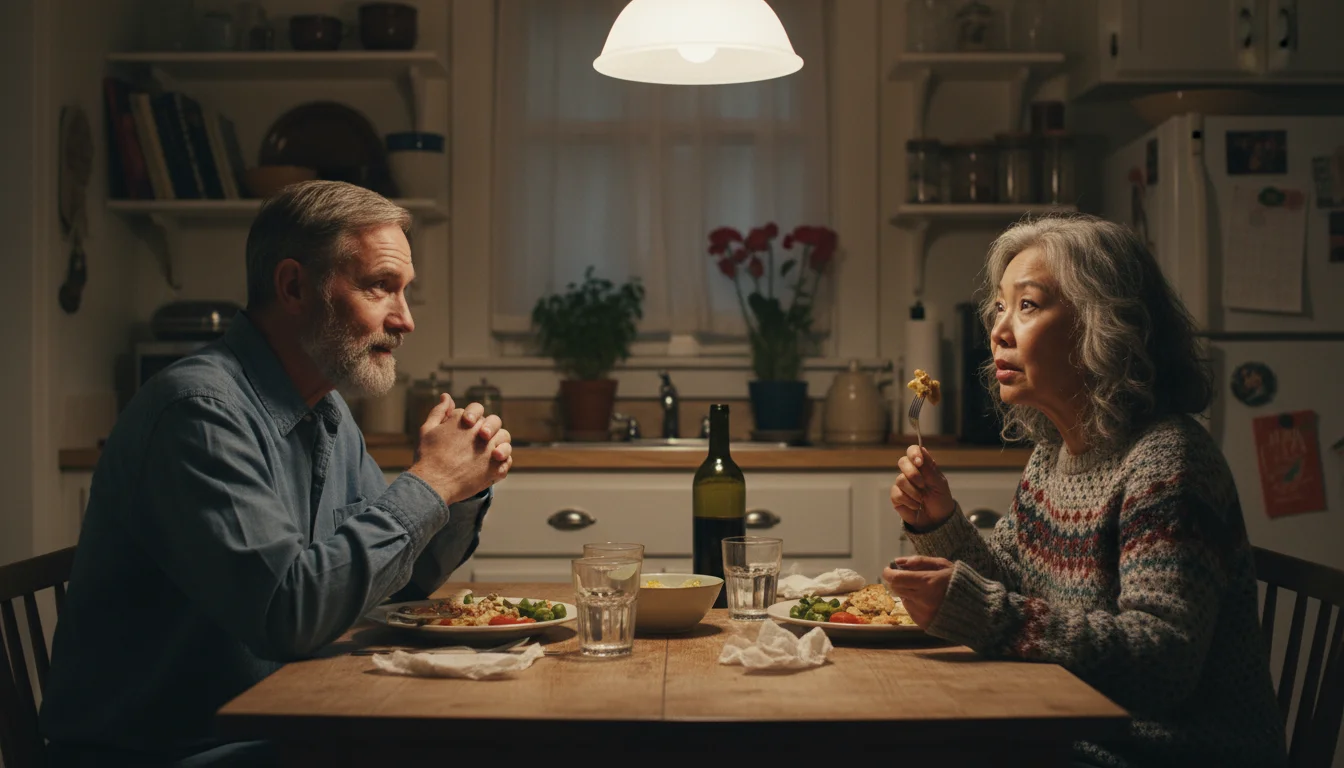
The Crazy Idea That Wouldn’t Die
One Tuesday evening, over a perfectly sensible dinner of baked chicken and steamed broccoli, Frank cleared his throat. It was his “I have an idea you’re going to hate” throat-clear. I braced myself.
“Martha,” he began, pushing a green bean around his plate. “I’ve been watching some videos on YouTube.”
I waited. This could be anything from building a potato cannon to learning how to yodel.
“About full-time RVing,” he said, finally looking up. “For people our age.”
I almost choked on my chicken. “Frank, we are not the Griswolds. We’ve never even been camping, not unless you count that disastrous weekend in 1988 when a raccoon stole our hot dogs.”
He laughed, but he didn’t let it go. For weeks, the idea hung in the air. He’d leave his laptop open to articles about the retirement nomad lifestyle. He’d casually mention how much it costs to heat and cool our 2,500-square-foot house. He talked about seeing the Grand Canyon, not on a rushed vacation, but on a Tuesday morning with a cup of coffee in hand. He wasn’t just talking about a trip; he was talking about selling the house. Our home.
My first reaction was fear, pure and simple. Fear of leaving the known, the comfortable, the safe. Fear of the unknown, of breakdowns, of what our friends and kids would think. But beneath the fear, a tiny, traitorous seed of excitement began to sprout. What if? What if our story wasn’t over? What if this was the start of a whole new book?
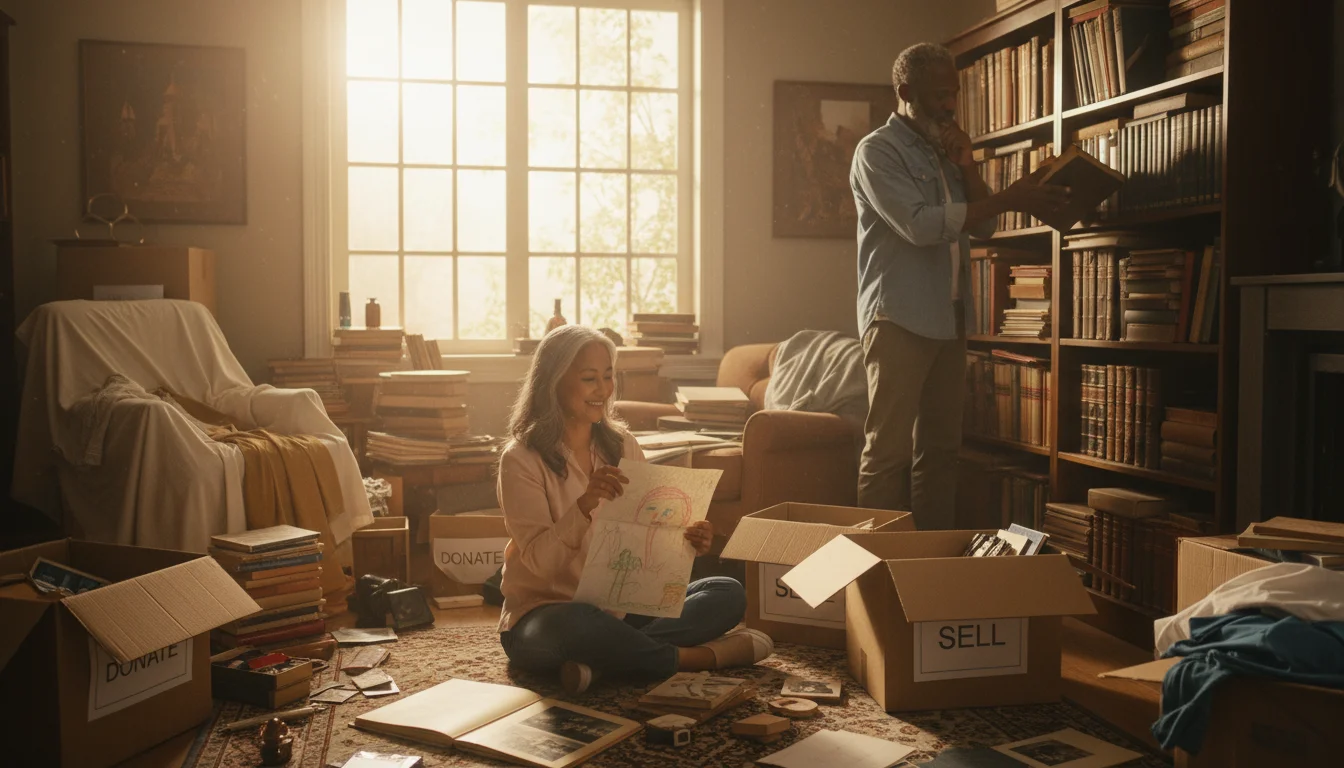
From Bricks and Mortar to Wheels and a Motor
Making the decision was one thing; doing it was another. The process of downsizing 40 years of life into 300 square feet is a brutal, heart-wrenching, and ultimately liberating exercise. Every object we touched held a memory. The box of kindergarten art projects. The wedding china we used twice. The collection of encyclopedias that no one had opened in two decades. For every item we put in the “donate” or “sell” pile, we had to let go of a small piece of who we used to be.
Our kids thought we were having a collective mid-life—or rather, end-of-life—crisis. “You’re going to live in a… vehicle?” our oldest daughter asked, her voice laced with a concern that bordered on horror. But as they saw our determination, their skepticism slowly morphed into a kind of cautious support.
We bought a used 35-foot Class A motorhome. It was beautiful, terrifying, and smelled faintly of its previous owner’s potpourri. I named her “The Wanderer.” Frank learned the mechanical side—the tanks, the generator, the bewildering array of buttons and switches. I took on the role of navigator and interior designer, figuring out how to make this box on wheels feel like a home.
Our first trip was a short, 100-mile shakedown to a state park. It was a comedy of errors. Frank nearly took out a mailbox pulling out of the storage facility. I discovered that I get motion sick if I try to read a map while we’re moving. And the first time we tried to back into a campsite, with a small audience of seasoned RVers watching from their lawn chairs, it took us a solid 30 minutes of strained communication and near-divorce to get it parked. That night, sitting at our tiny dinette table, I whispered, “Frank, what have we done?”
He took my hand. “We’re learning, Martha. We’re finally learning something new again.”
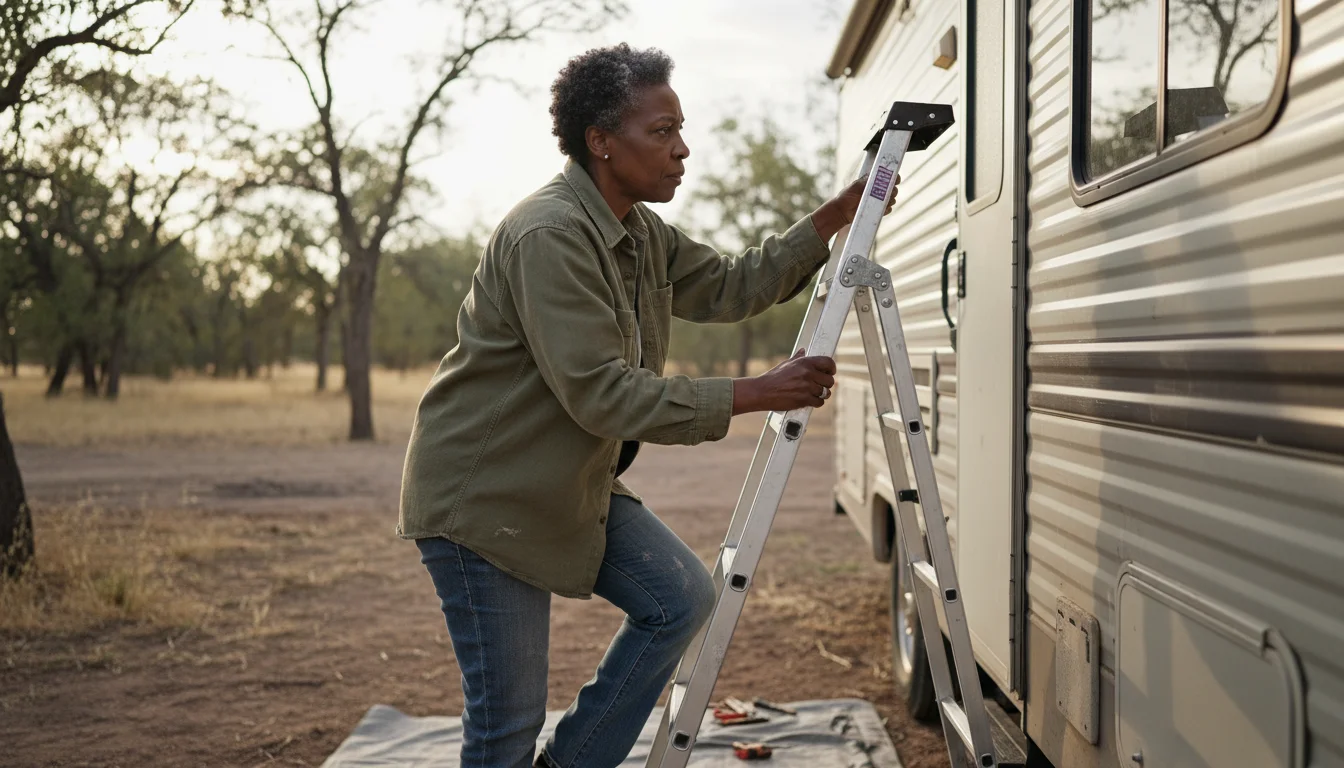
What No One Tells You About RV Living After 60
The YouTube videos and glossy magazine articles show you the postcard moments. And believe me, they are real. We’ve woken up to the sunrise over the Badlands in South Dakota, sipped wine while watching the Pacific Ocean crash against the Oregon coast, and seen a herd of bison amble past our front window in Yellowstone. These are moments of awe that seep into your soul and change your perspective on everything.
But that’s not the whole story. The reality of being a senior full-time RV traveler is far more complex. No one tells you about the physical toll. It’s not a sedentary life. There’s the constant setup and breakdown of camp, the crawling around in storage bays, the climbing up to check the roof. It keeps you active, which is a good thing, but some days my knees ache in ways they never did back in the colonial.
No one tells you about the mental gymnastics of planning. You become an expert in logistics: routing based on road inclines, finding campgrounds that can accommodate your rig, and planning your stays around doctor’s appointments and mail forwarding. One of the best RV travel tips for seniors I can give is to plan less. We started out with a rigid itinerary, and it was stressful. Now, we have a general direction and let ourselves discover the detours.
And let’s talk about the challenges. We’ve had a tire blow out on I-80 in the middle of Nebraska. We’ve dealt with a leaky slide-out during a torrential downpour in Tennessee. We’ve struggled to find decent Wi-Fi so we could FaceTime with our grandkids. These moments are frustrating and sometimes scary. But here’s the other thing no one tells you: the incredible kindness of strangers. Every single time we’ve been in a jam, a fellow RVer has appeared, offering tools, advice, or just a reassuring presence. There’s a community on the road that we never experienced in our quiet suburban neighborhood. We have friends scattered across a dozen states now, connected by the shared experience of this unconventional life.
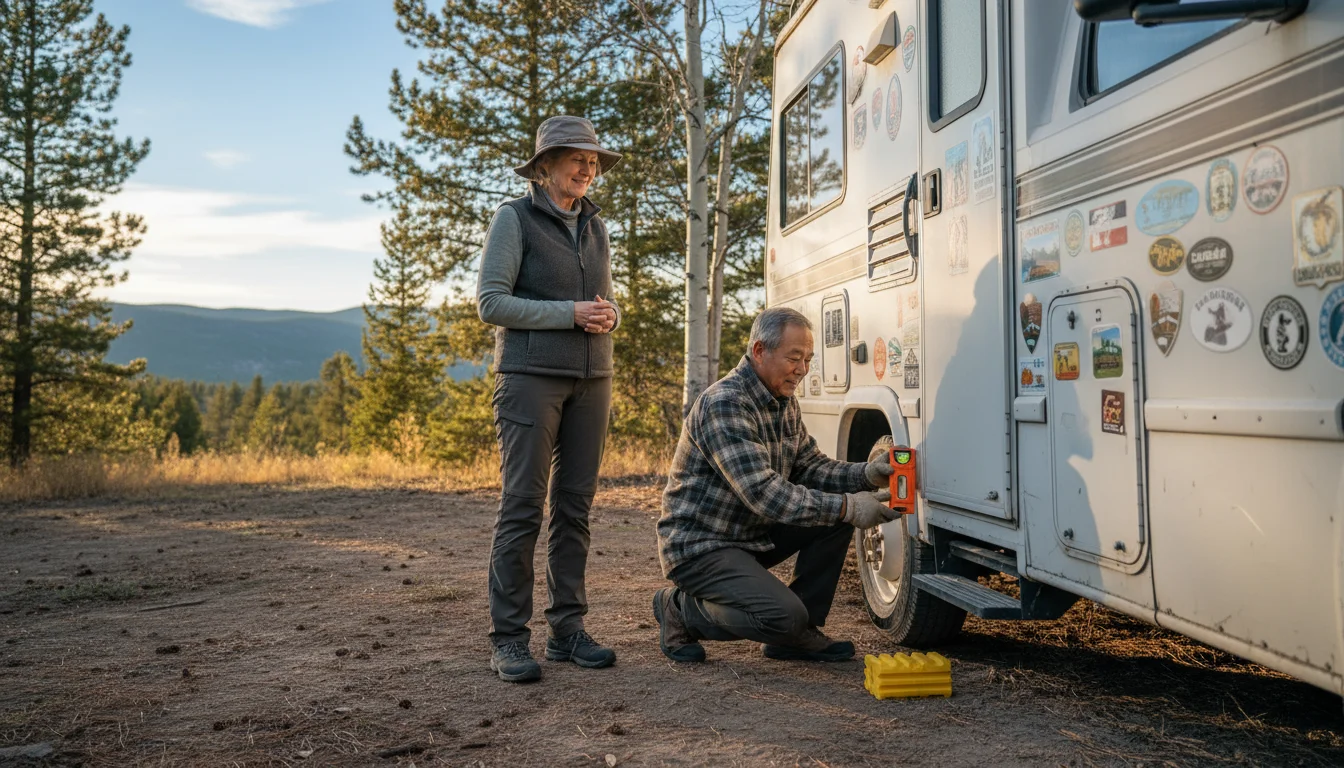
A New Definition of Home
It’s been four years since we sold the house. Do I miss it? Sometimes. I miss having a bathtub. I miss the smell of my lilac bushes in the spring. But what I’ve gained is so much more valuable.
This journey of RV living after 60 has been less about seeing the country and more about seeing ourselves. I’ve discovered a resilience in myself I never knew I had. I, the woman who was afraid to sell her house, have learned to navigate, troubleshoot, and adapt to constant change. I’ve seen a new side of Frank, too. The focused, serious engineer has been replaced by a more relaxed, curious man who is delighted by the simple pleasure of finding the perfect, level campsite.
Our marriage, already strong after four decades, has been pressure-tested and forged anew in the crucible of a 300-square-foot living space. You learn to communicate quickly and forgive even faster when you can’t storm off to another room. We’ve learned to be a team in a way we never had to be when our lives ran on parallel, predictable tracks.
So, what would I tell someone our age who is standing in their own quiet house, wondering if there’s something more? I’d say that fear is just a sign that you’re about to do something brave. I’d say that your capacity for adventure doesn’t have an expiration date. And I’d say that home isn’t four walls and a roof. For us, home is the view out the windshield, wherever we happen to be parked. It’s the two coffee mugs sitting on our tiny counter in the morning. It’s the feeling of being on a grand adventure, together, writing a new chapter we never knew we had in us.







